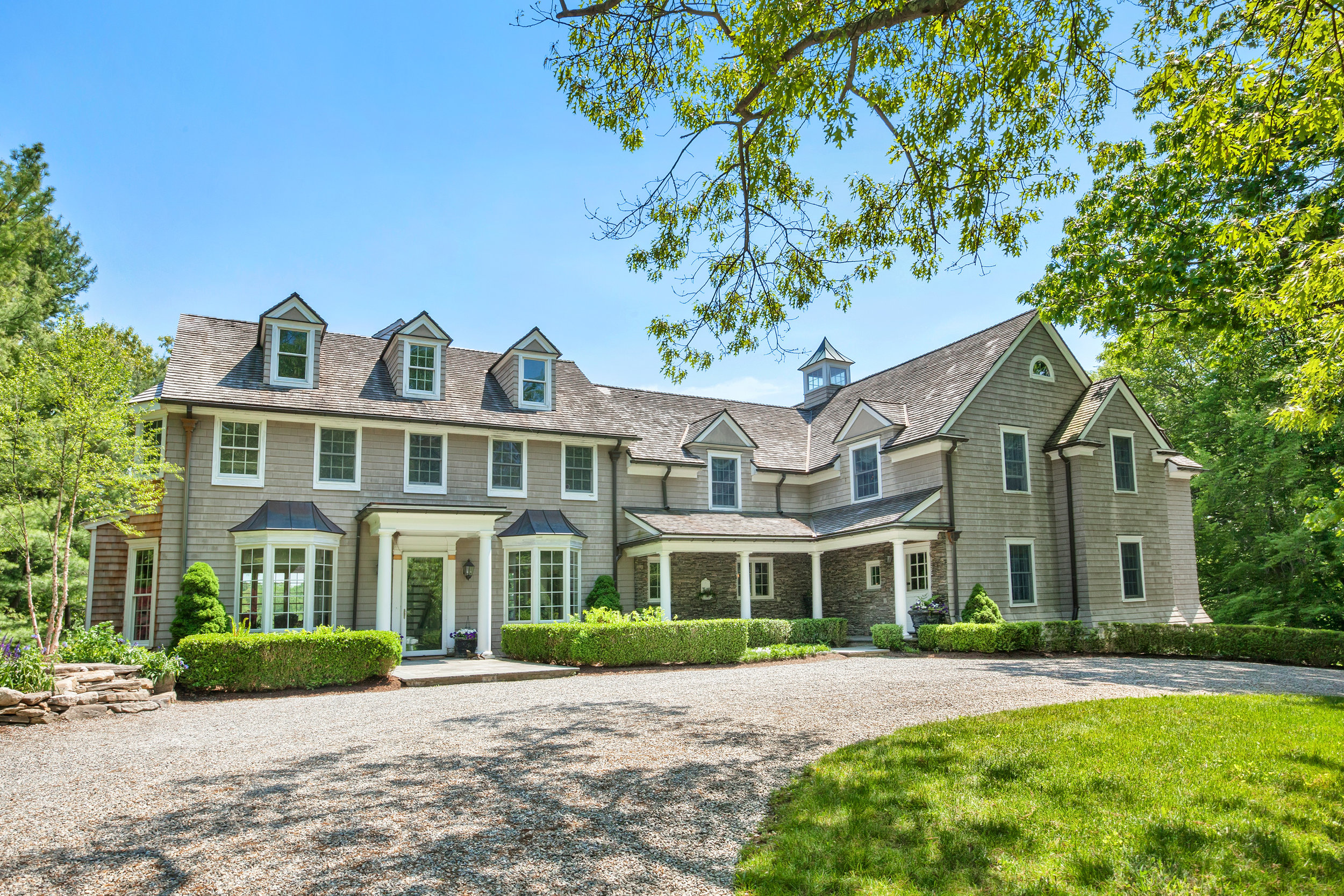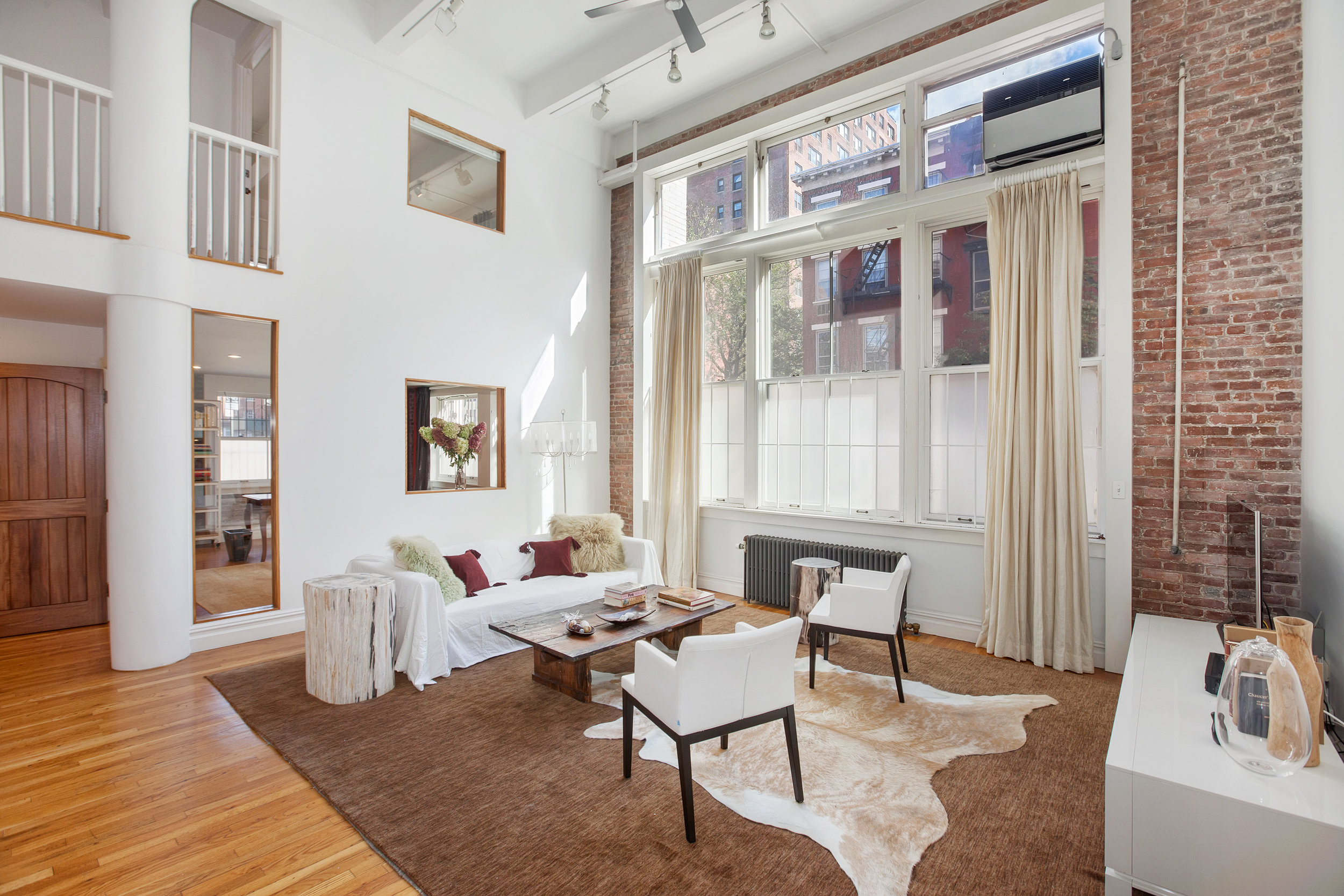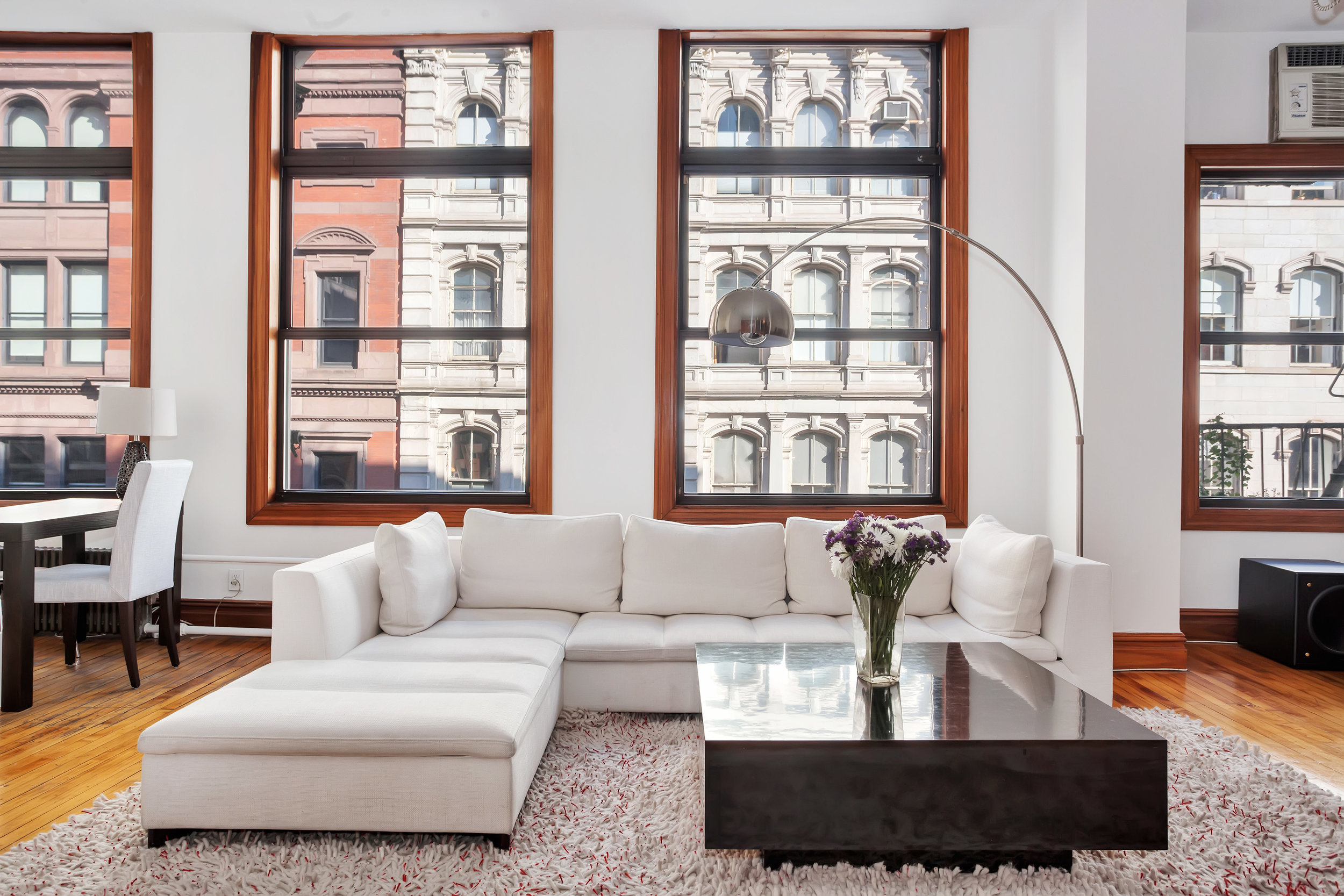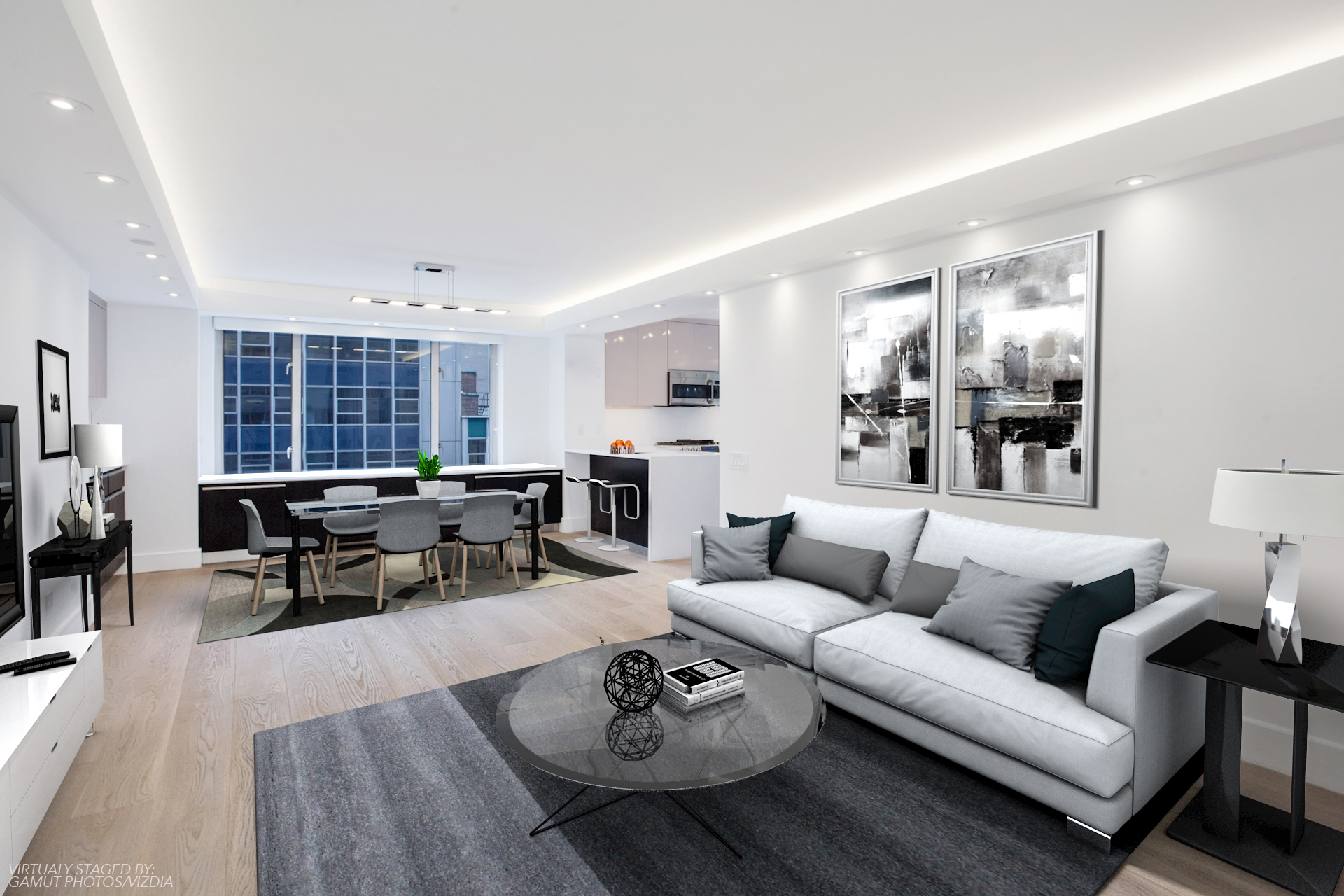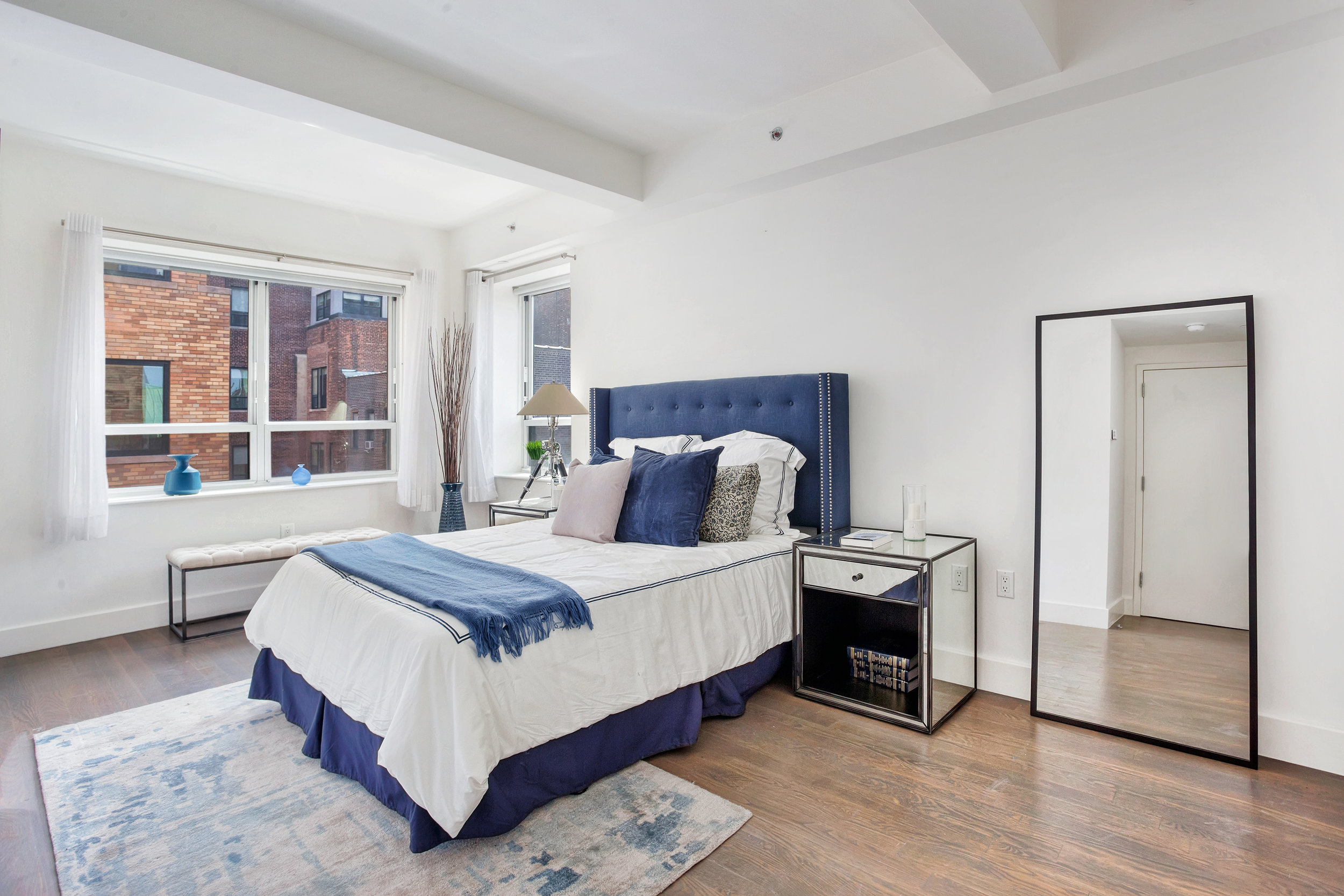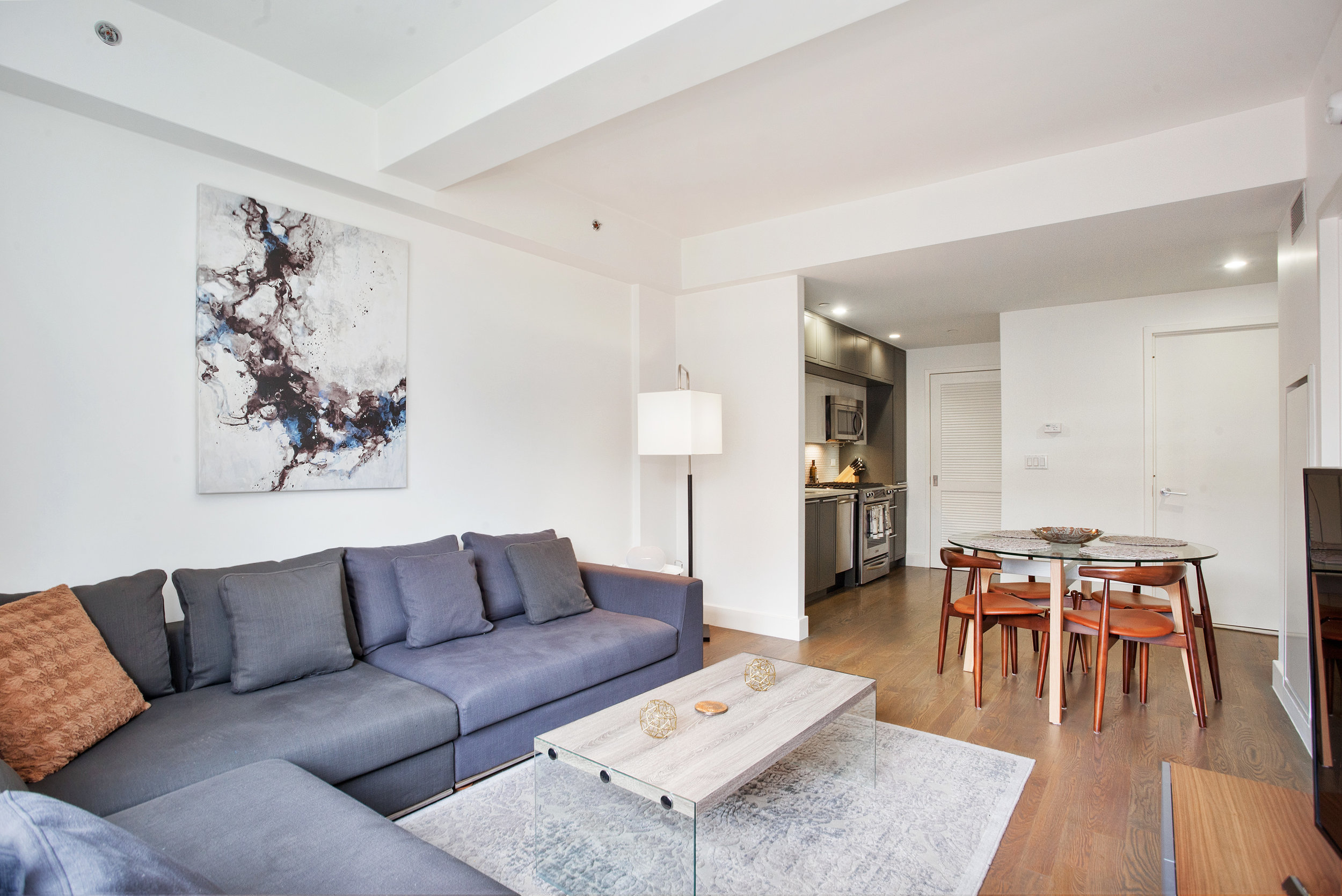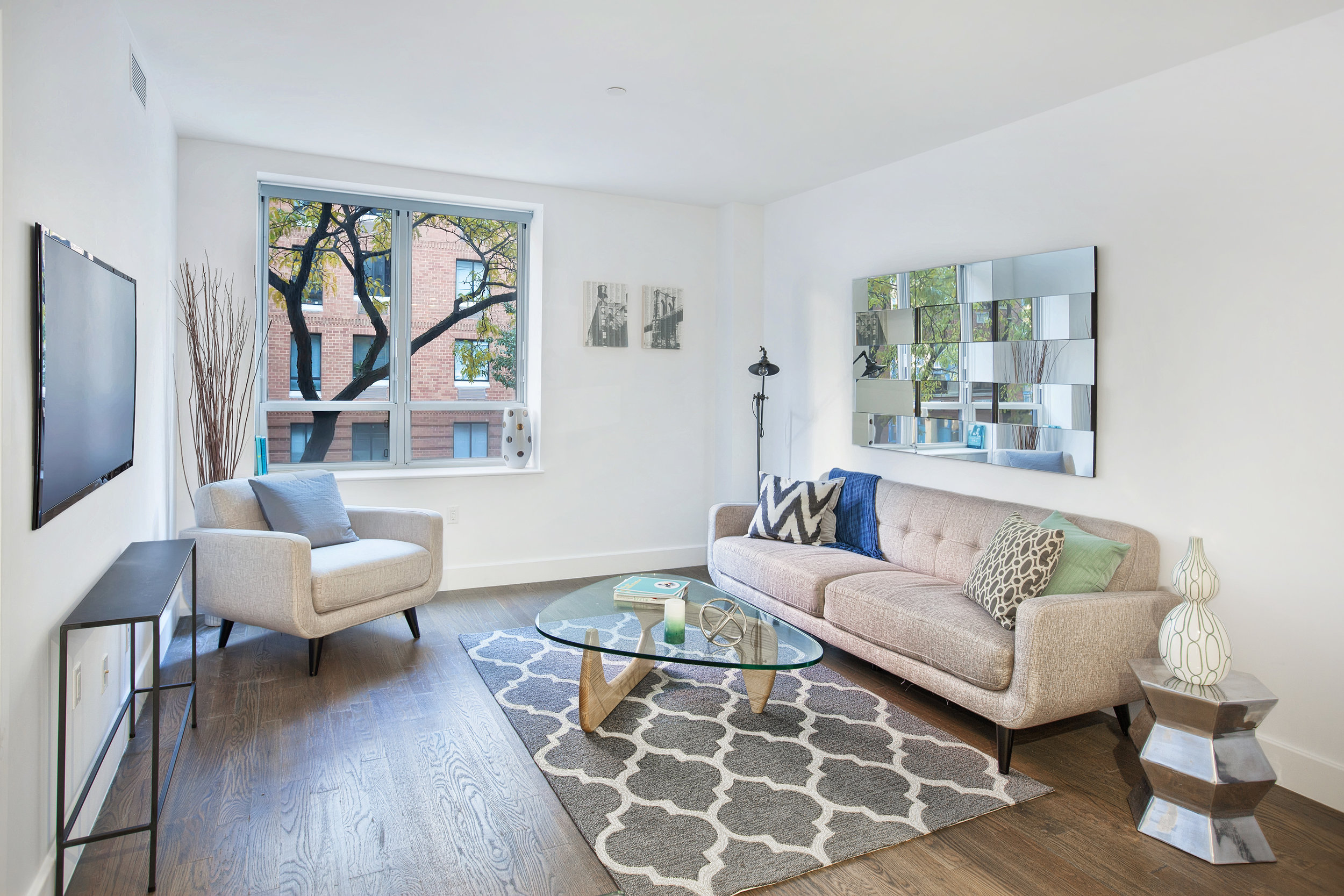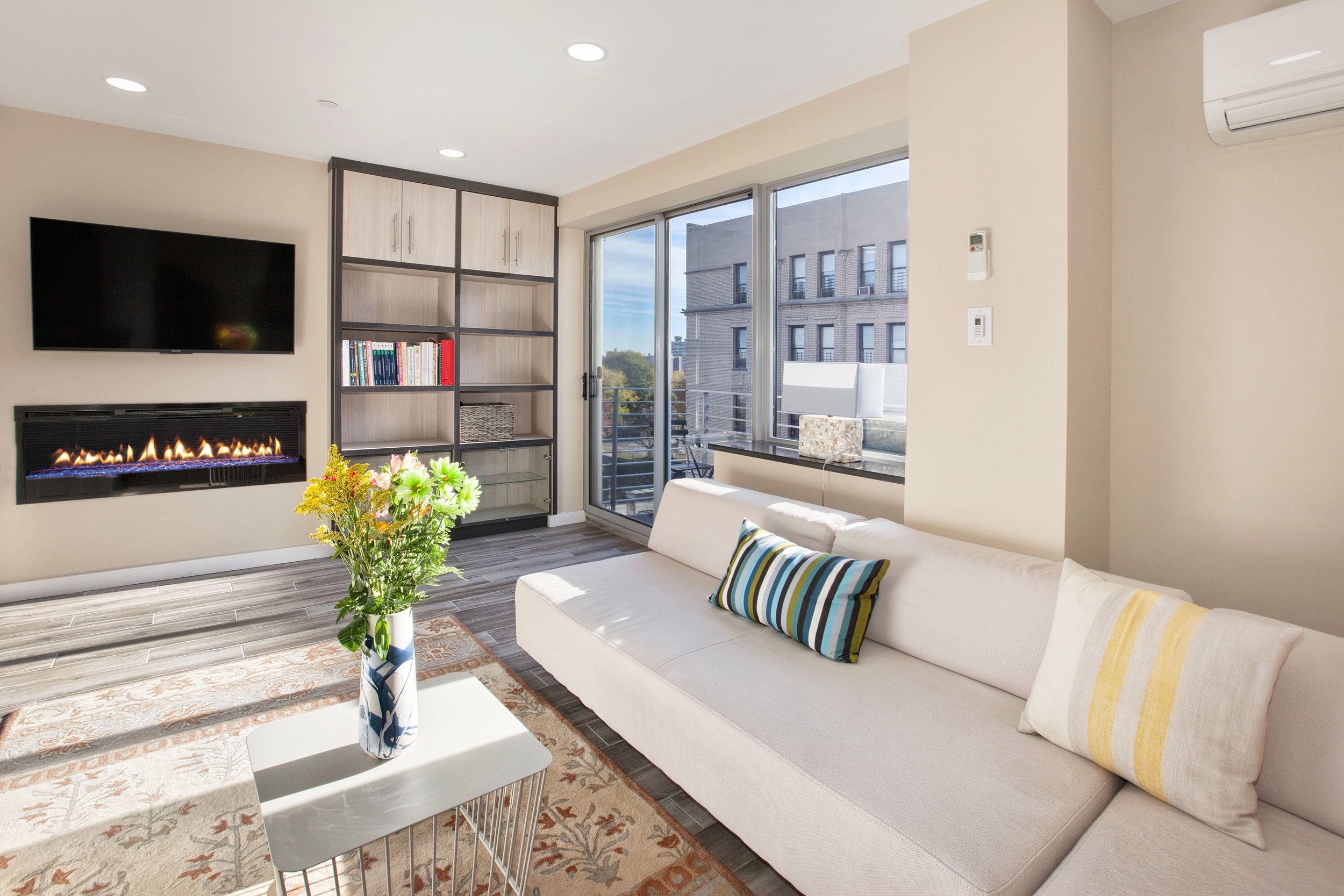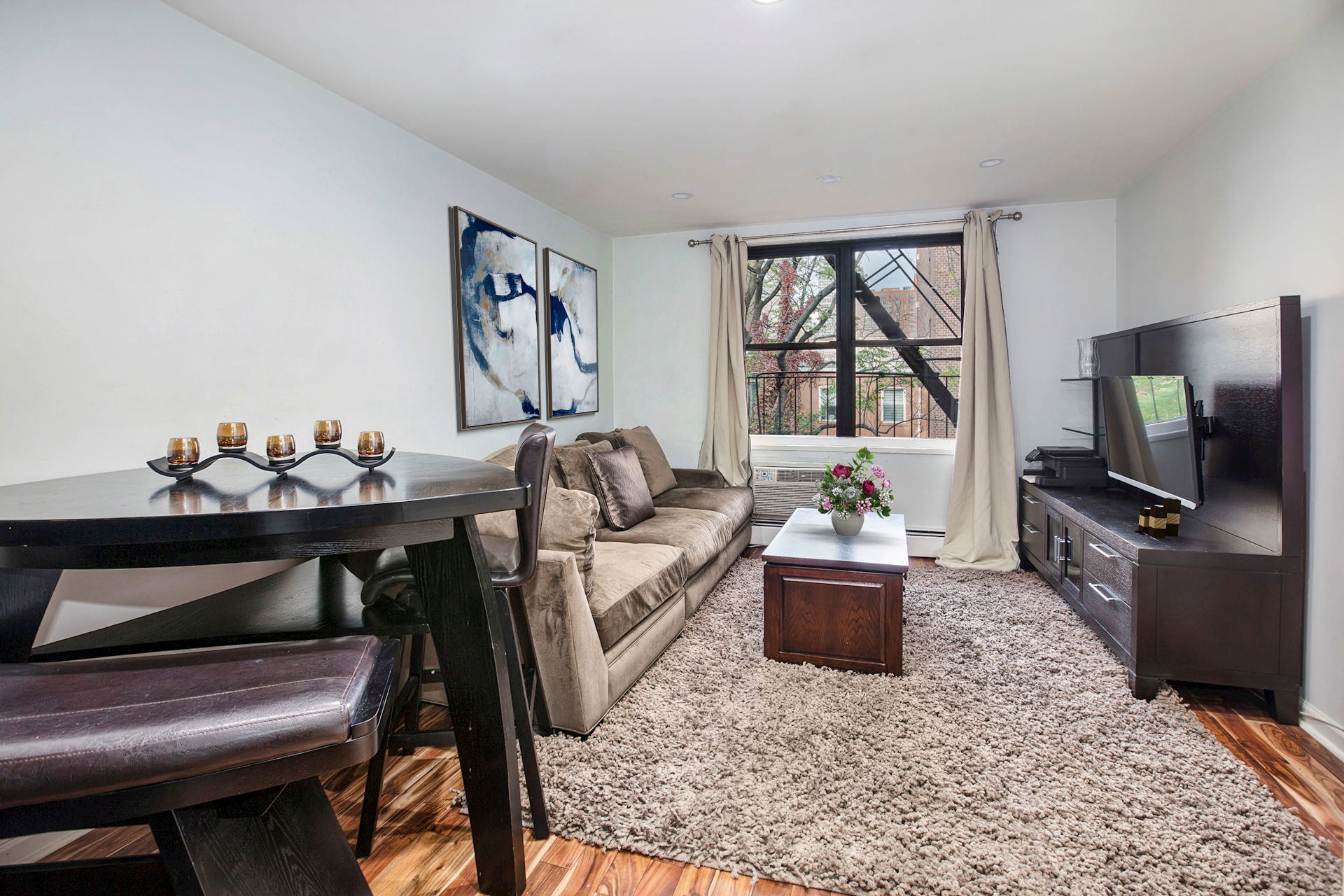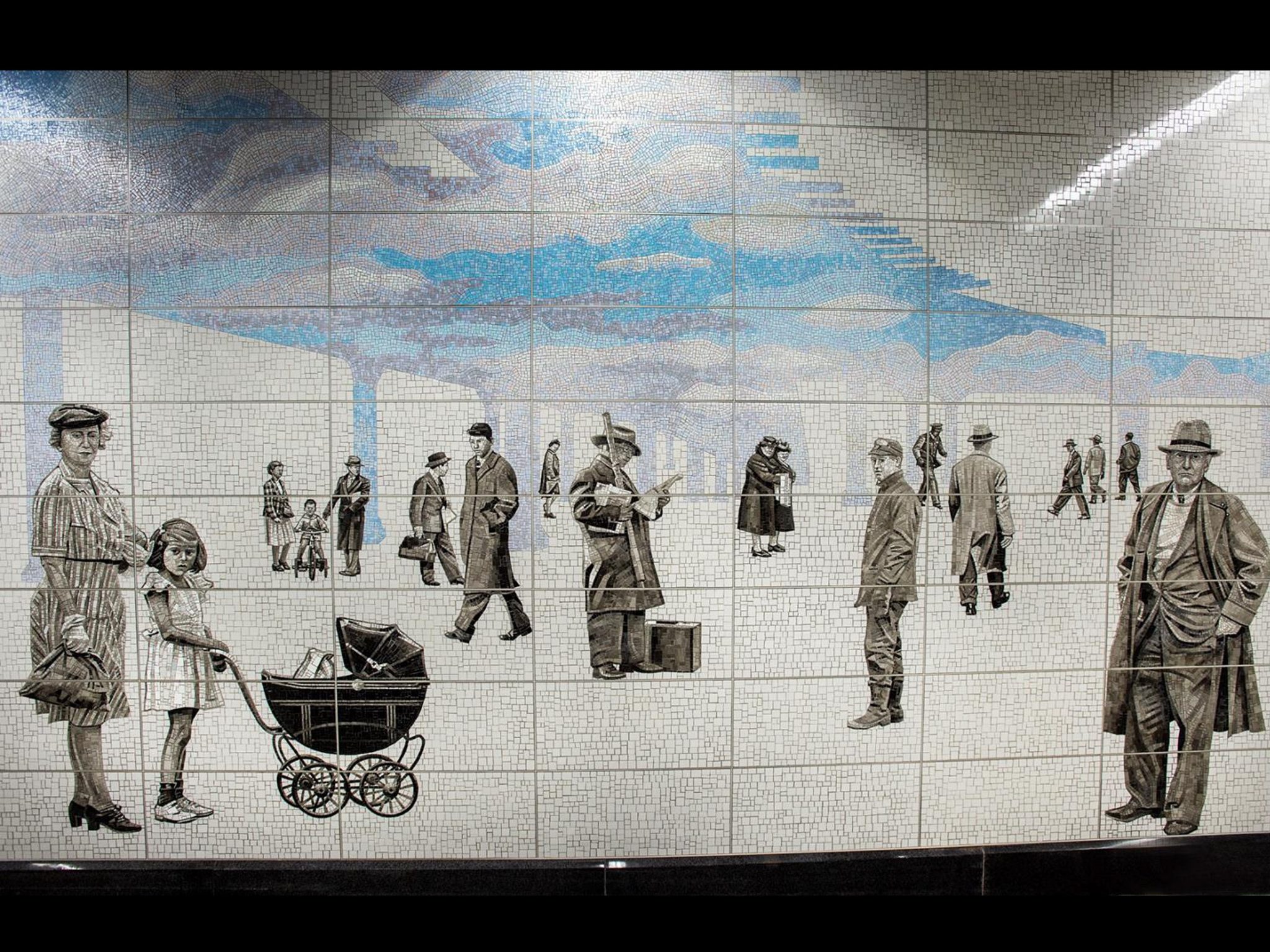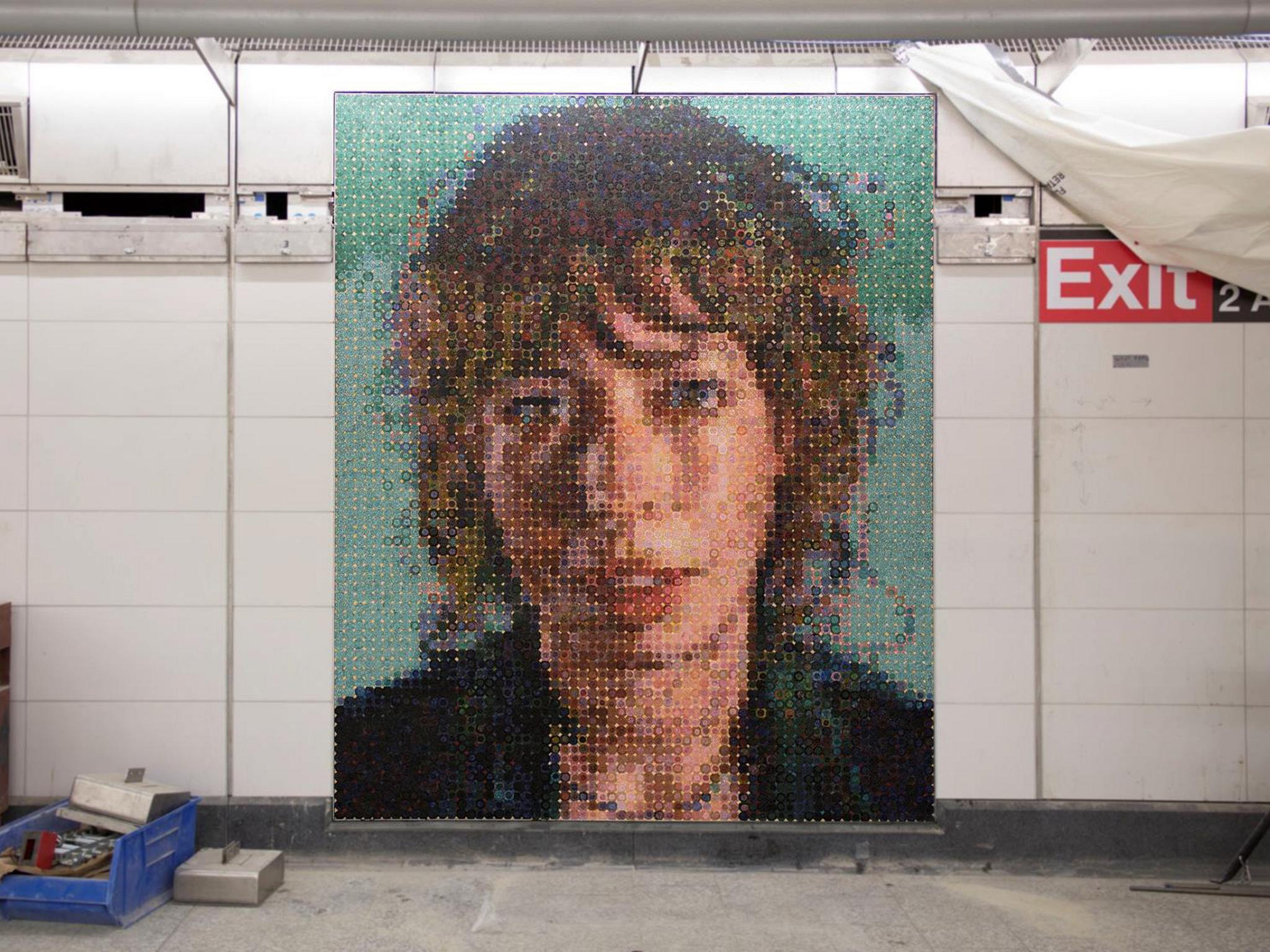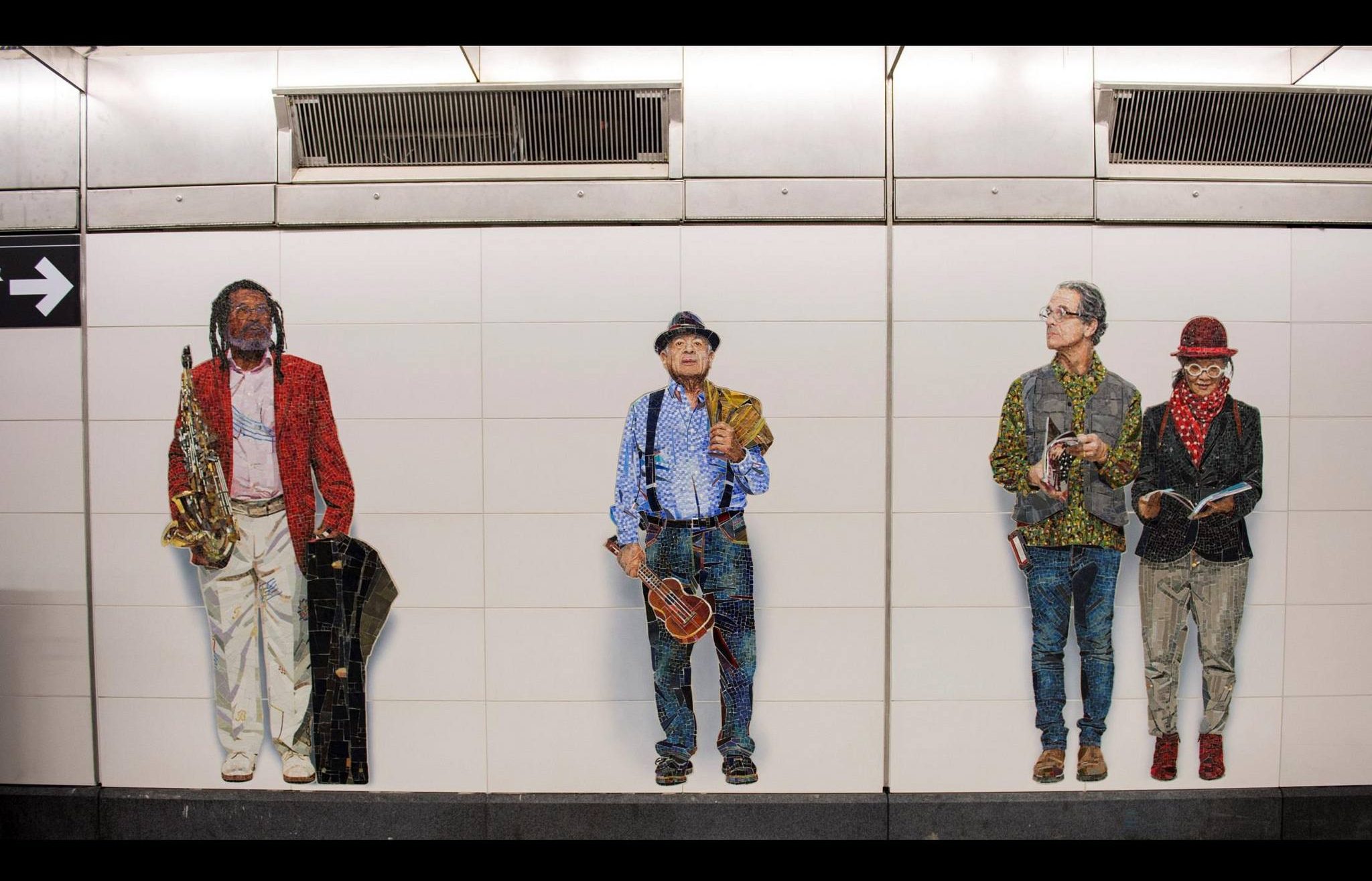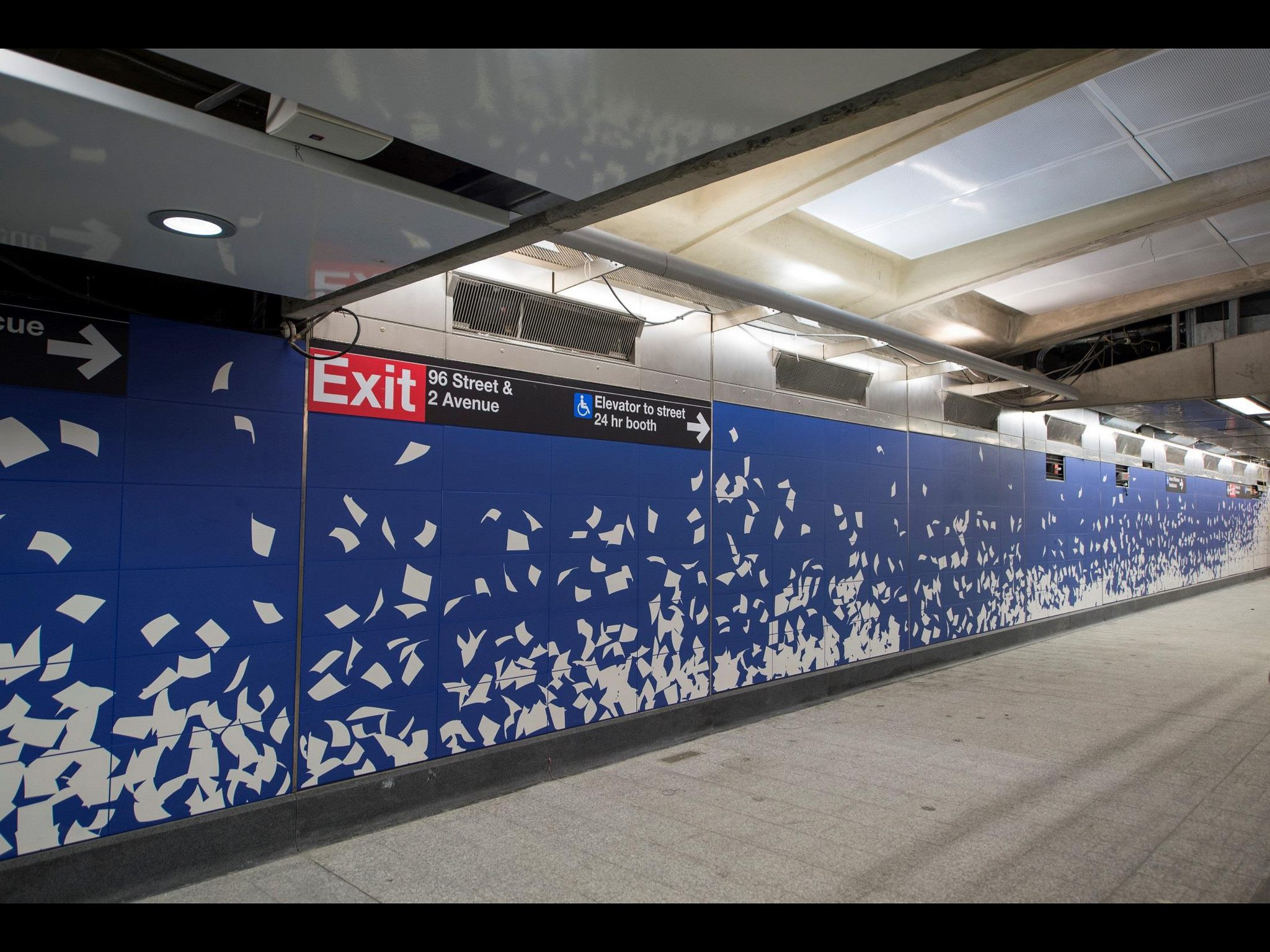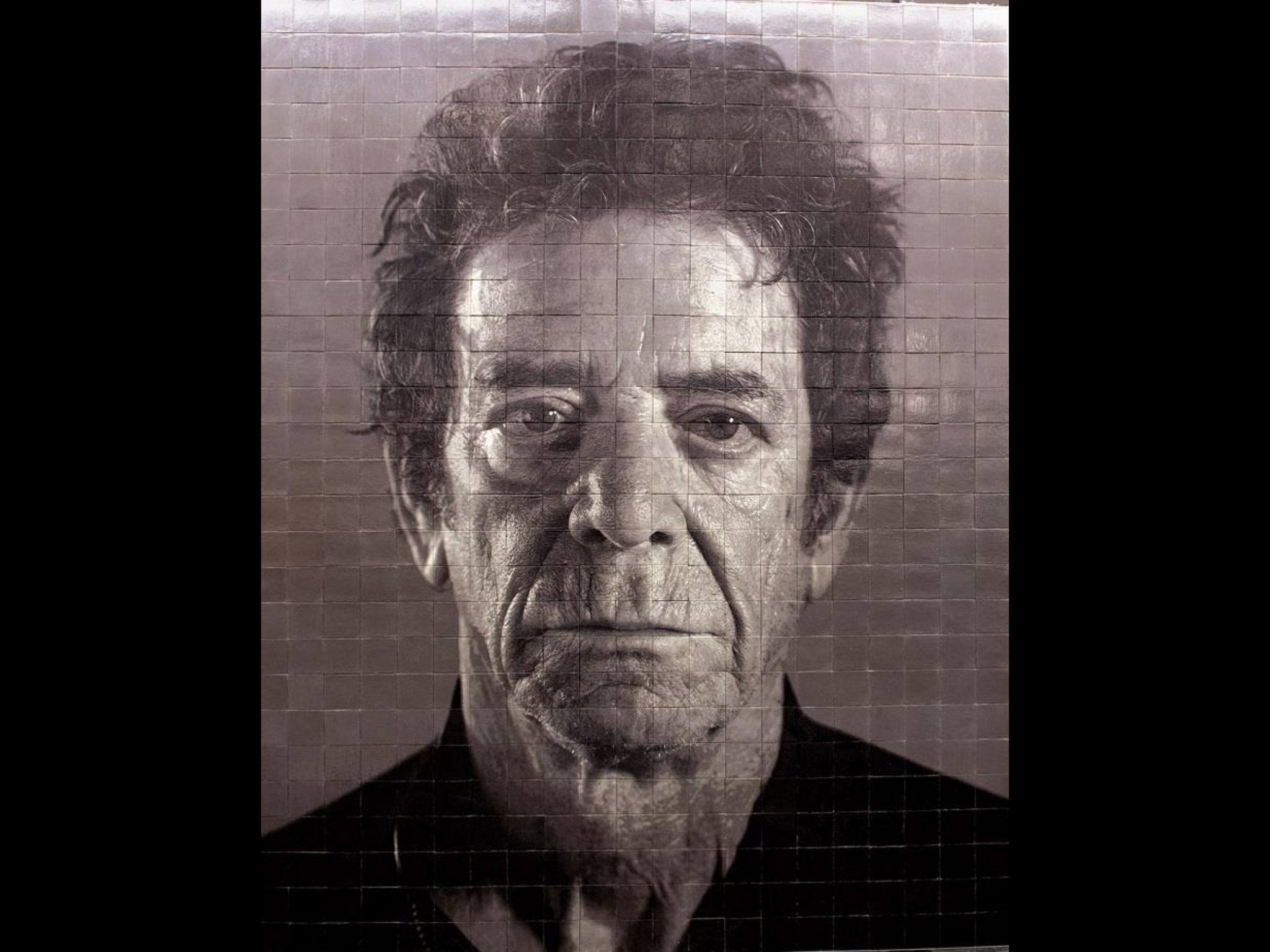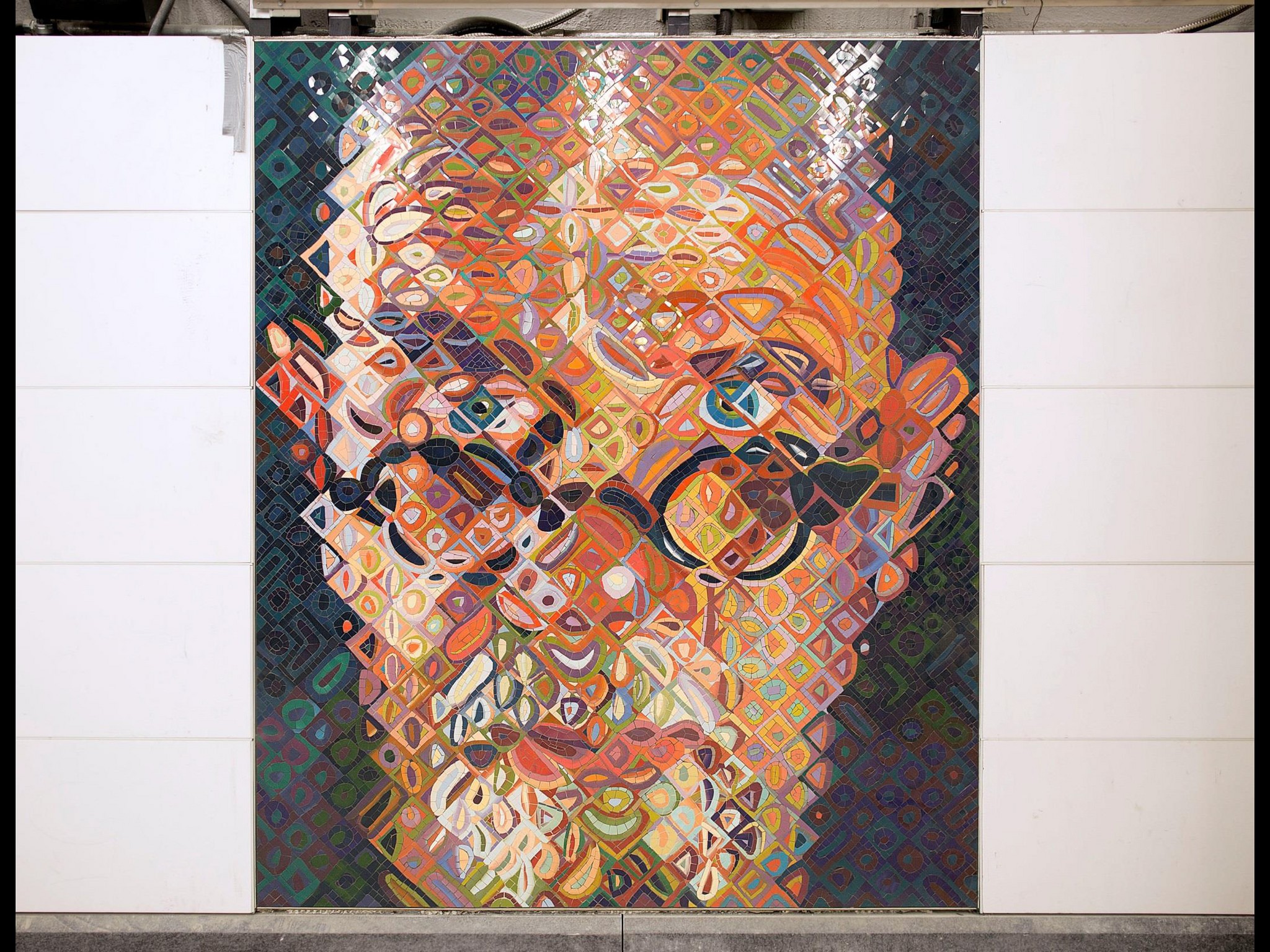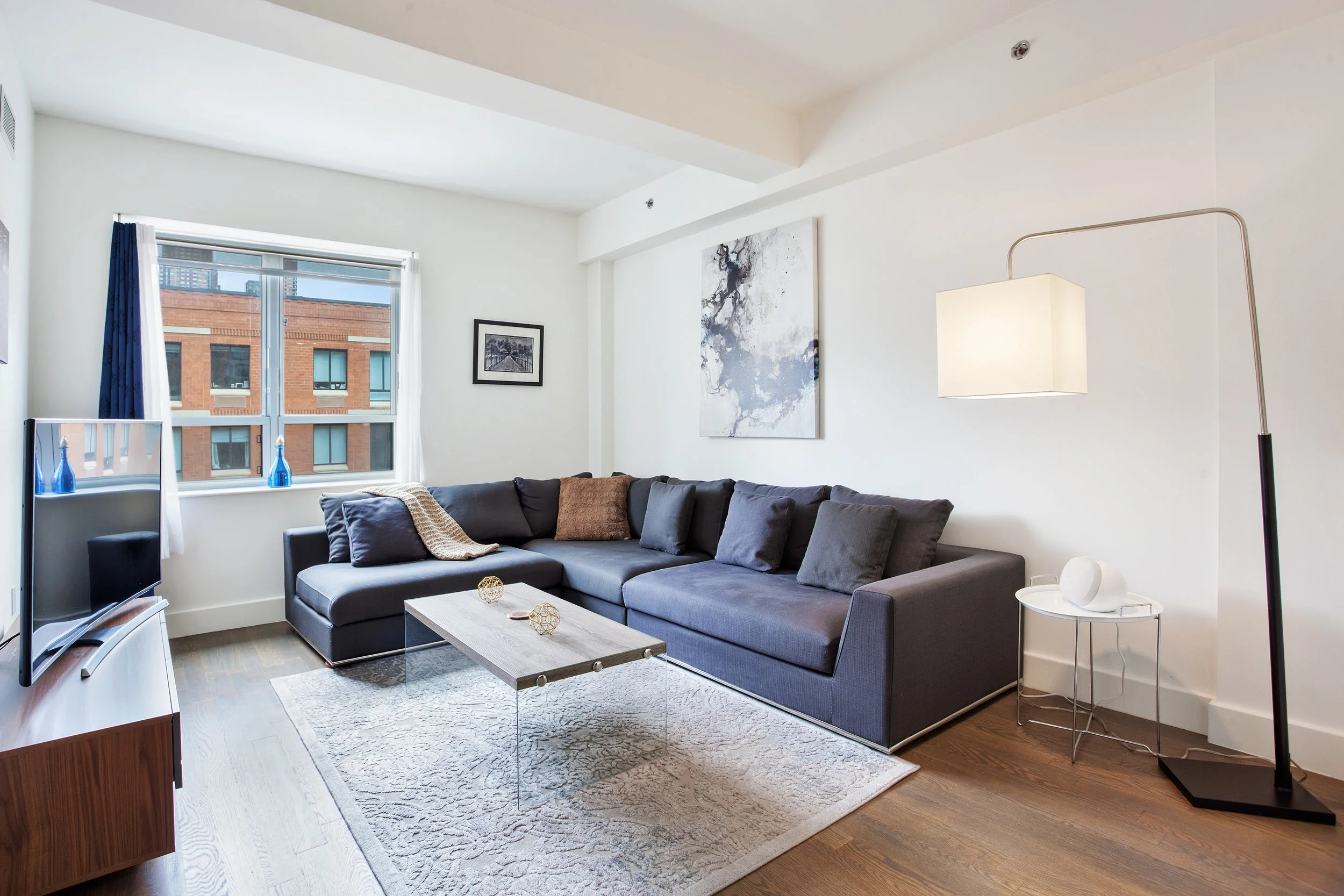The total tentative assessment for all the properties in New York City hit $1.16 trillion this year, an 8.74 percent increase from 2016, when the total crossed $1 trillion for the first time. That’s according to new data from the city’s Department of Finance.
Jacques Jiha, DOF commissioner, attributed much of the increase to new developments in Brooklyn that are disproportionately driving up property values in the borough.
And the data show that Brooklyn had some of the highest increases across the board. In a borough where multifamily buildings now regularly sell for more than 15 or even 20 times the rent roll, the assessment increase for multifamily rental properties was up 19.05 percent year-over-year. The borough also saw the sharpest uptick in assessment for commercial properties, which rose 13.49 percent year-over-year, as well as the largest rise in market value for one-, two- and three-family homes homes, which rose 13.77 percent.
At $538.8 billion, one-to-three family homes homes make up almost half of the city’s total tentative property assessment. Assessed value, however, should not be confused for the true market value a property might actually sell for, which is typically much higher.
Although it may seem logical that a rising property market brings with it higher assessments, Jeffrey Golkin, a real estate tax attorney, said that’s not a good enough reason for citywide assessments to be rising at their current rates.
“It’s clearly pricing people out of New York City,” he said. “This is just a continuation of what I consider an egregious trend of over-assessment which the people who live and work in the city can’t keep pace with.”
In Brooklyn, particularly, rising property tax rates are putting pressure on small commercial property owners who may have to “get out of the way for the next condominium,” Golkin said.
Assessments have long been politicized, with many choosing to direct their ire at whoever occupies City Hall at the time that tax roll numbers climb. Last week, a former city official told the Wall Street Journal that mayors “can largely raise property value assessments for commercial properties at will.”
“This is false,” a spokesperson for the Department of Finance told The Real Deal on Tuesday. “The mayor does not have any control over the assessment process. It’s calculated by a professional staff who are members of the international association of assessing officers. Values are based on information provided by commercial property owners on their income and expenses that reflect economic growth in the City.”
One of the biggest property tax exemptions on the books, 421a, was unavailable to developers that began new construction projects over the last year. But even though new applicants couldn’t sign up for it, buildings already in the program cost the city more than $1 billion in foregone tax revenue last year. On Sunday, Gov. Andrew Cuomo announced a plan to revive 421a (which also subsidizes some affordable housing) and retroactively grant the benefit to the builders who started work without it last year. He dubs the proposal “Affordable New York.”
City property owners have until March to decide whether to challenge their new tax assessments through a process known as tax certiorari. The DOF will release a final assessment roll for fiscal year 2018 in June.





